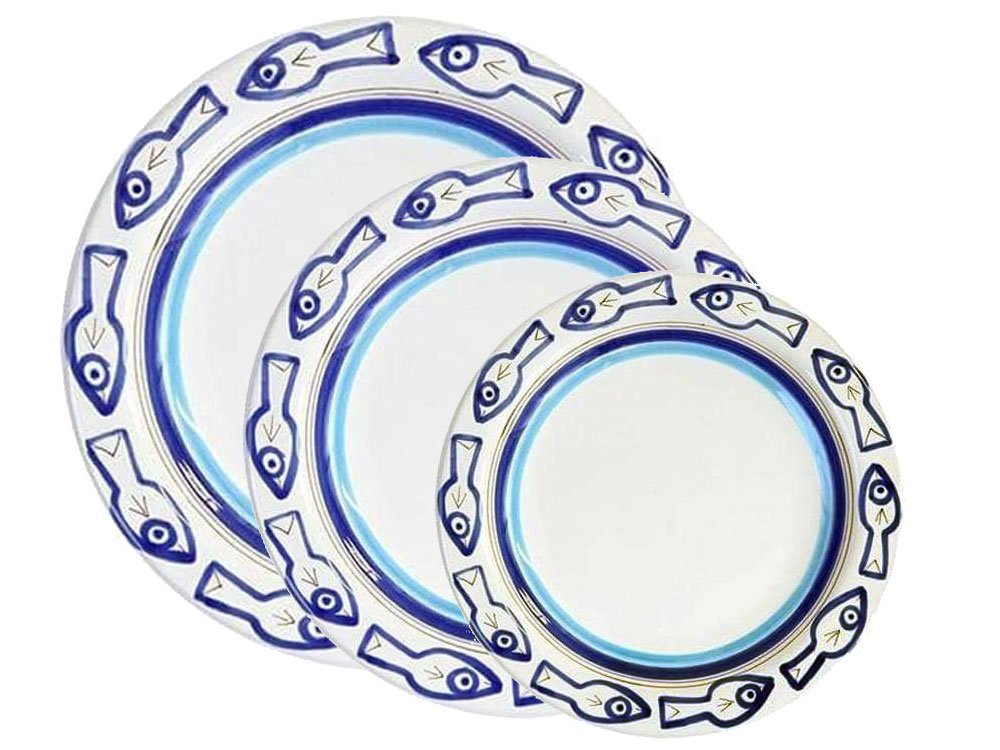
Balsamic Vinegar has been produced in the towns of Modena and Reggio Emilia (both in the region of Emilia Romagna, Italy) since the Middle Ages and it is still prepared there in the same traditional manner. To be certain that you are buying the real thing make sure the bottle has a label stating either 'Aceto Balsamico Tradizionale di Modena' or 'Aceto Balsamico Tradizionale di Reggio Emilia'. There is a cheaper version available, thankfully, which is what most of us use for salad dressings and other everyday uses and this will have a label with 'Aceto Balsamico di Modena' on it but is not true Balsamic Vinegar.
True Balsamic Vinegar is highly prized, expensive and like liquid magic. Just a few drops can change and lift a variety of dishes from simple starters to rich and luxurious desserts. It is easy to see why it costs so much as it is prepared with flawless accuracy and takes many years to produce.
Balsamic vinegar is made from grape 'must' which is the freshly pressed juice of complete bunches of grapes, including the skins, pips and stems. White 'Trebbiano' grapes used, which are native to Modena, but sometimes 'Grasparossa' or 'Ancellotta Lambruscos' grapes are added if they qualify. These grapes all have similar characteristics with a constant sugar-acid ratio and density. They are boiled and then simmered down to about 30% of their original volume leaving a concentrated, dark syrup. This process caramelises the sugar in the grapes which gives the vinegar its characteristic rich, dark colour. In Italy this thick liquid is referred to as 'mosto cotto' which literally means boiled grape must.
The fermenting or ageing process can now begin. This is done in a set of seven wooden barrels, all made from a different type of wood, typically acacia, ash, cherry, chestnut, mulberry, oak and rosemary, to impart different flavours into the vinegar. The barrels decrease in size, usually from 50 litres down to 15 litres, and each has an inspection hole on the top.
The mosto cotto is blended and then left to mature during which time it evaporates a great deal leaving a very concentrated juice. This fermentation process starts off in the largest of the barrels and as the liquid diminishes it is removed to the next until it finally reaches the smallest. The product is inspected and tasted at regular intervals over the years by specialist vinegar producers. This ageing process takes at least 12 years but can take 25 years or more at which point it is referred to as 'extravecchio' which means extra old. The flavour of the vinegar intensifies until it eventually becomes a very sweet, viscous concentrate which is not really like vinegar at all.
In both Modena and Reggio Emilia the age of the vinegar is signified by the packaging. In Modena they have different coloured caps, red for 12 years and cream for 25 years or more. Reggio Emilia has different coloured labels, red for 12 years, silver for 18 years and gold for 25 years or more.

More Details